Serotonin and dopamine—neurotransmitters associated with mood regulation in humans—have been detected in dozens of plant species since the 1940s. Though research into their function in plants is not fully understood, the discovery reinforces a long-held human curiosity about the capacity of plants to feel pleasure.
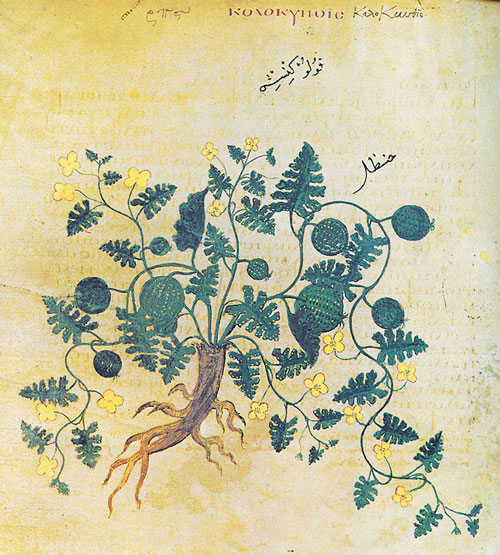 Toward the end of his life, the third-century Neoplatonist philosopher Plotinus asks whether “true happiness” is limited to humans alone. “Those that deny the happy life to the plants on the ground that they lack sensation,” he concludes, “are really denying it to all living things.”
Toward the end of his life, the third-century Neoplatonist philosopher Plotinus asks whether “true happiness” is limited to humans alone. “Those that deny the happy life to the plants on the ground that they lack sensation,” he concludes, “are really denying it to all living things.”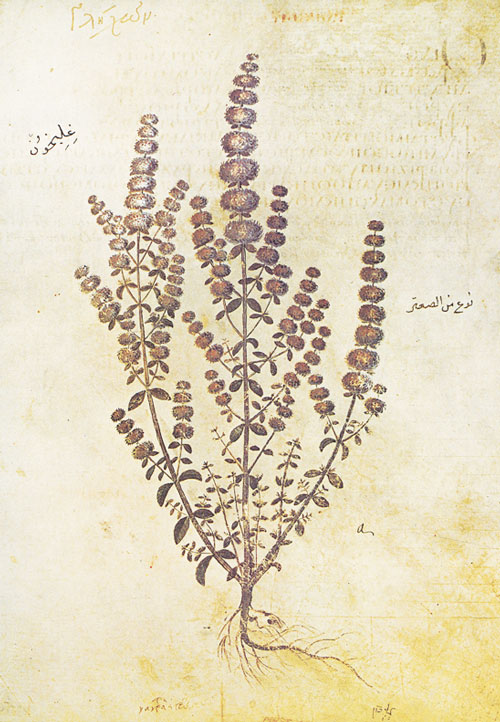 “Happy is the plant that waxes” at midsummer, observes the anonymous writer of the fourteenth-century Middle English romance Sir Gawain and the Green Knight, “when the dank dew drops from the leaves, to await the blissful glance of the bright sun.”
“Happy is the plant that waxes” at midsummer, observes the anonymous writer of the fourteenth-century Middle English romance Sir Gawain and the Green Knight, “when the dank dew drops from the leaves, to await the blissful glance of the bright sun.”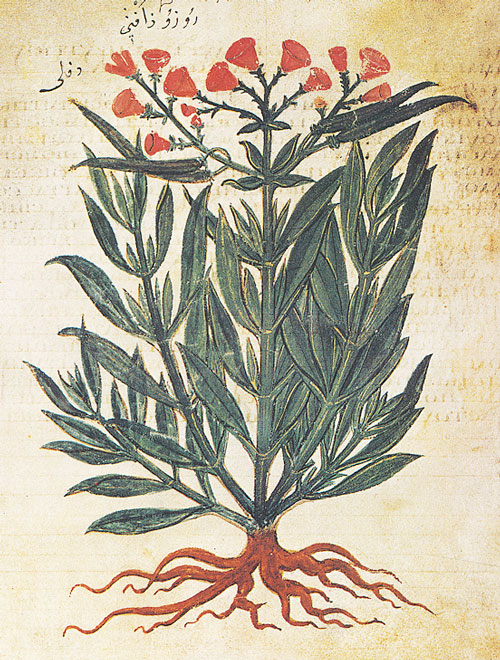 In 1787 French botanist René-Louiche Desfontaines describes “the action of the pistil itself, which incites each stamen to orgasm.” Four years later, naturalist Erasmus Darwin publishes an epic verse romance about sexual reproduction in plants: “with honey’d lips enamored woodbines meet, / clasp with fond arms, and mix their kisses sweet.”
In 1787 French botanist René-Louiche Desfontaines describes “the action of the pistil itself, which incites each stamen to orgasm.” Four years later, naturalist Erasmus Darwin publishes an epic verse romance about sexual reproduction in plants: “with honey’d lips enamored woodbines meet, / clasp with fond arms, and mix their kisses sweet.”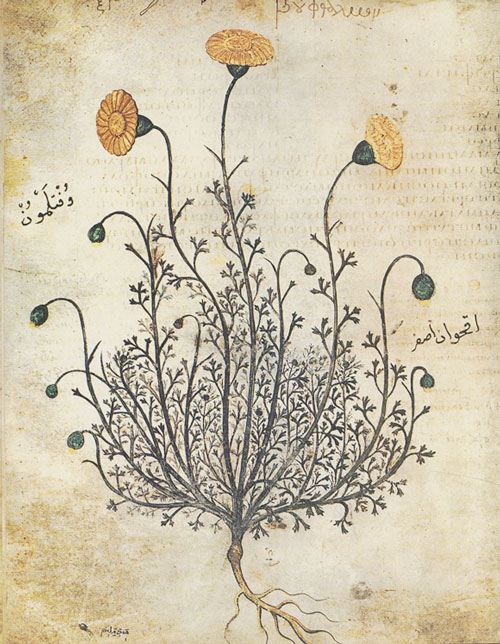 “I had a sort of dream-trance the other day,” Walt Whitman writes in 1878, around the time of his fifty-ninth birthday, “in which I saw my favorite trees step out and promenade up, down, and around, very curiously—with a whisper from one, leaning down as he pass’d me, ‘We do all this on the present occasion, exceptionally, just for you.’ ”
“I had a sort of dream-trance the other day,” Walt Whitman writes in 1878, around the time of his fifty-ninth birthday, “in which I saw my favorite trees step out and promenade up, down, and around, very curiously—with a whisper from one, leaning down as he pass’d me, ‘We do all this on the present occasion, exceptionally, just for you.’ ”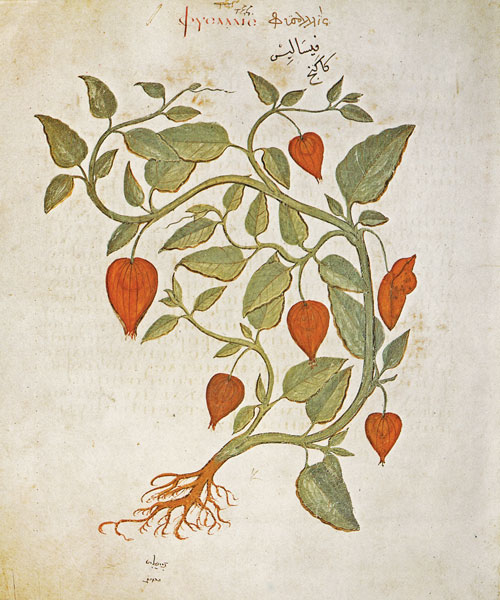 After intentionally staring at the sun for an 1839 experiment, German physicist Gustav Fechner sees a “be-souled” flower on the banks of the Mulde River. “It was as though I saw its soul lift itself from the bloom,” he writes. “Perhaps it wanted to stand on the roof of its budding house in order better to enjoy the sun.”
After intentionally staring at the sun for an 1839 experiment, German physicist Gustav Fechner sees a “be-souled” flower on the banks of the Mulde River. “It was as though I saw its soul lift itself from the bloom,” he writes. “Perhaps it wanted to stand on the roof of its budding house in order better to enjoy the sun.”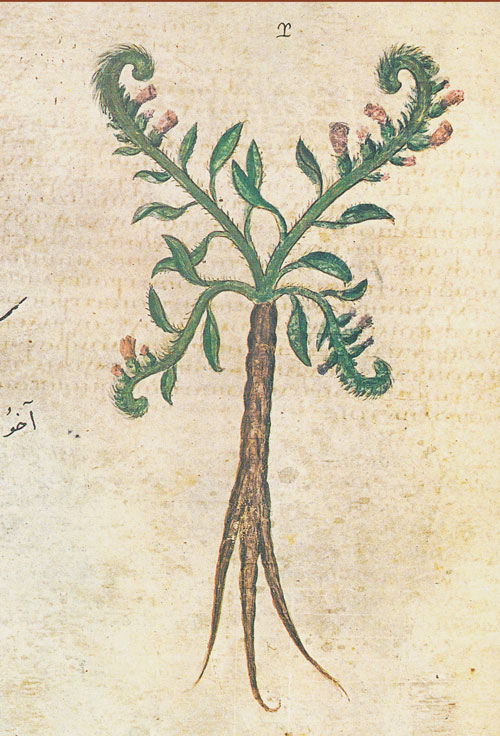 Around the turn of the twentieth century, plant breeder Luther Burbank is dubbed the Wizard of Horticulture for his exceptional green thumb. “I often talked to the plants to create a vibration of love,” he explains. “ ‘You have nothing to fear,’ I would tell them.” Helen Keller, who visits Burbank’s California nursery in 1925, concurs: “When plants talk to him, he listens.”
Around the turn of the twentieth century, plant breeder Luther Burbank is dubbed the Wizard of Horticulture for his exceptional green thumb. “I often talked to the plants to create a vibration of love,” he explains. “ ‘You have nothing to fear,’ I would tell them.” Helen Keller, who visits Burbank’s California nursery in 1925, concurs: “When plants talk to him, he listens.”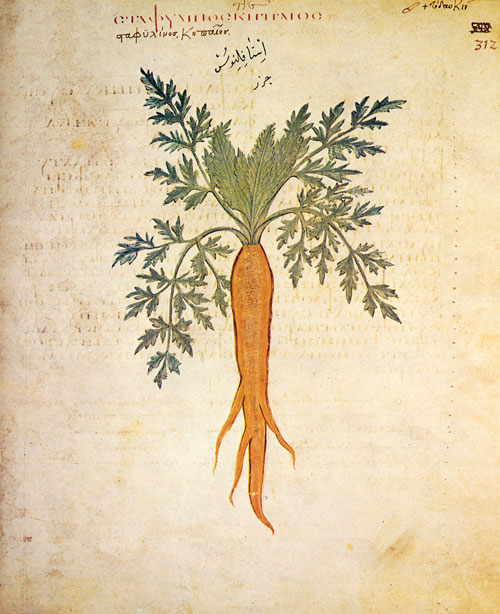 “We project on plants our emotional load and assume that a flower in full bloom is happier than a wilting one,” writes Israeli American biologist Daniel Chamovitz in his 2012 book What a Plant Knows, but “for all the rich sensory input that plants and people perceive, only humans render this input as an emotional landscape.”
“We project on plants our emotional load and assume that a flower in full bloom is happier than a wilting one,” writes Israeli American biologist Daniel Chamovitz in his 2012 book What a Plant Knows, but “for all the rich sensory input that plants and people perceive, only humans render this input as an emotional landscape.”